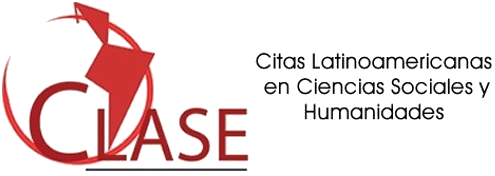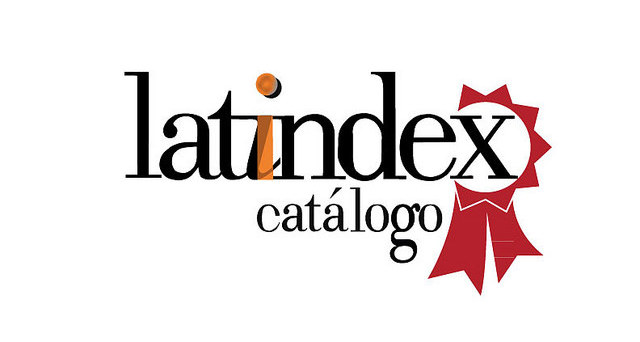Tuba making in Mexico and the Philippines
four centuries of a common history
DOI:
https://doi.org/10.29340/en.v2n3.82Keywords:
tuba, filipinos, Colima, Bohol, Manila GalleonAbstract
A documentary focused on the art of tuba making in two different places, geographycally distant but historically and culturally close: Colima, in the western part of Meico, and Bohol, in Central Bisayas, Philippines. Tuba is a beverage obtained from the sap of the palm tree (Cocos nucifera L.). This tecnhique was introduced in western Mexico during the Seventeenth century by the filipinos who arrived in the Manila Galleon. The public can approach, from a comparative perspective, to the process of its elaboration, consumption and commerce in both countries, as well as its cultural importance.
Downloads
References
Hobsbawm, Eric (1987). “Inventando tradiciones”. Historias, núm. 19, octubre.
Machuca, Paulina (2016). “Tras las huellas del mestizaje cultural entre México y Filipinas”,
en Thomas Calvo y Paulina Machuca (eds.). México y Filipinas: Culturas y memorias sobre el Pacífico . Zamora: El Colegio de Michoacán/ Ateneo de Manila University, pp. 384-401.
_____________ (2015) “Les ‘Indiens chinois’ vinateros de Colima: processus d’insertion sociale dans les haciendas de palmes du XVIIè siècle”. Diasporas. Histoire et sociétés, núm. 25, pp. 121-137. DOI: https://doi.org/10.4000/diasporas.374
______________ (2014) “El arte de hacer tuba en México y Filipinas: una aproximación etnohistórica”, en Angela Schottenhammer (coord.), Tribute, trade, and smuggling: commercial, scientific and human interaction in the Middle Period and Early Modern World. Wiesbaden: Harrassowitz Verlag, pp. 247-267.
______________ y Thomas Calvo (2012). “El Santo Niño de Cebú entre costa y costa: de Filipinas a Nueva España (1565-1787)”. Lusitania Sacra, 2a Série, t. XXV, enero-junio, pp. 53-72.
Vega Franco, Marisa (1984). El tráfico de esclavos con América (Asientos de Grillo y Lomelín, 1663-1674). Sevilla: Escuela de Estudios Hispanoamericanos.
Wachtel, Nathan (2014). Des archives aux terrains. Essais d’anthropologie historique. París: Le Seuil.
White, Richard (2009). Le middle ground. Indiens, empires et républiques dans la région des Grands Lacs, 1650-1815. Tolouse : Anacharsis.
Downloads
Published
Issue
Section
License
Copyright (c) 2019 Encartes Antropológicos

This work is licensed under a Creative Commons Attribution-NonCommercial 4.0 International License.
Aviso de derechos de autor
- Los autores/as conservan los derechos de autor y ceden a la revista el derecho a la primera publicación con el trabajo registrado con la licencia de atribución Creative Commons, que permite a terceros utilizar lo publicado siempre que mencionen la autoría del trabajo y a la primera publicación en esta revista
- Los autores/as pueden realizar otros acuerdos contractuales independientes y adicionales para la distribución no exclusiva de la versión del artículo publicado en esta revista (por ej. Incluirlo en un repositorio institucional o publicarlo en un libro) siempre que indiquen claramente que el trabajo se publicó por primera vez en esta revista.
El material puede ser copiado, distribuido, comunicado, ejecutado públicamente. Se pueden hacer obras derivadas de él. No se puede utilizar para fines comerciales. Se debe reconocer y citar la obra de la forma en que tú especifiques.










